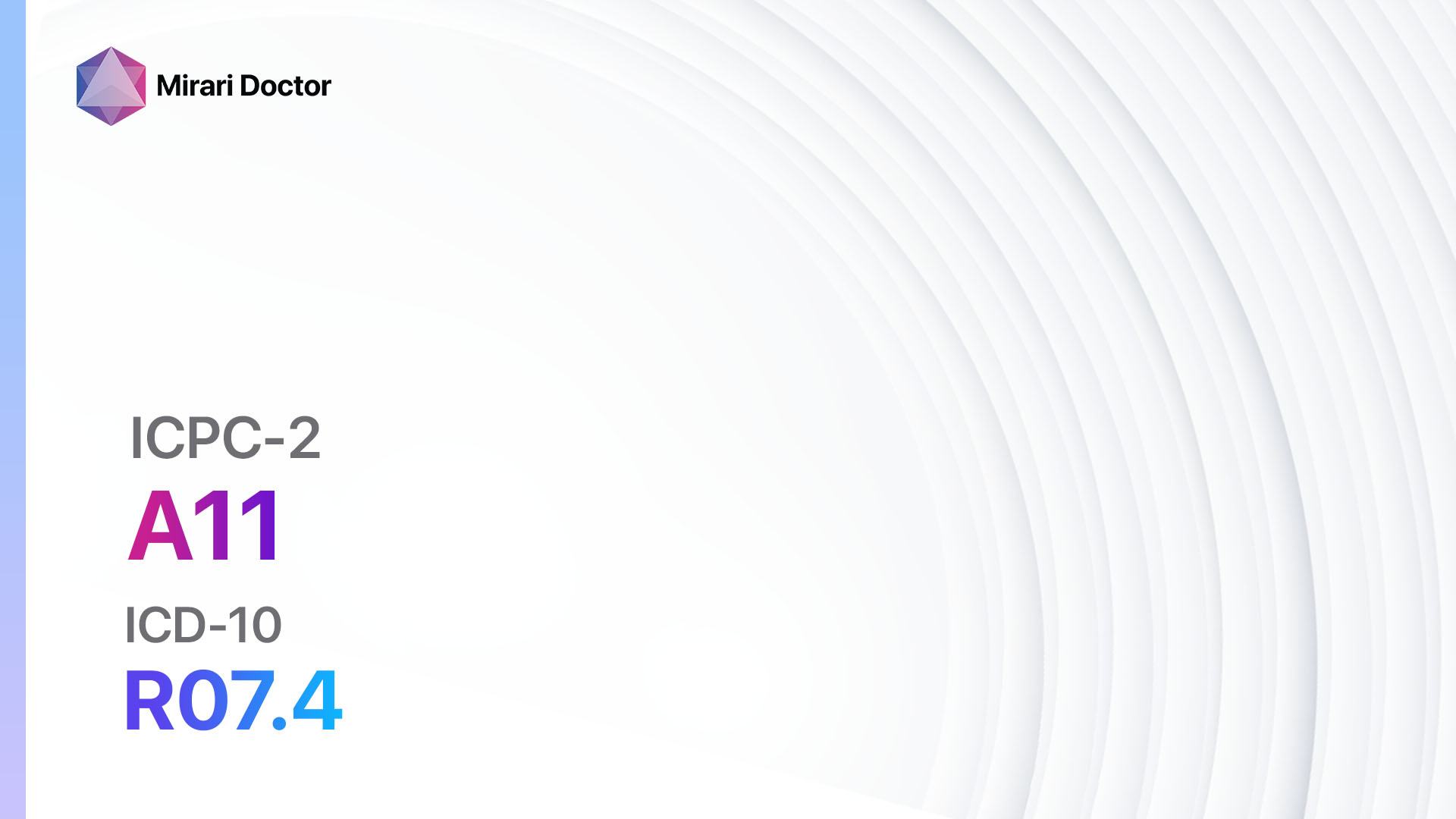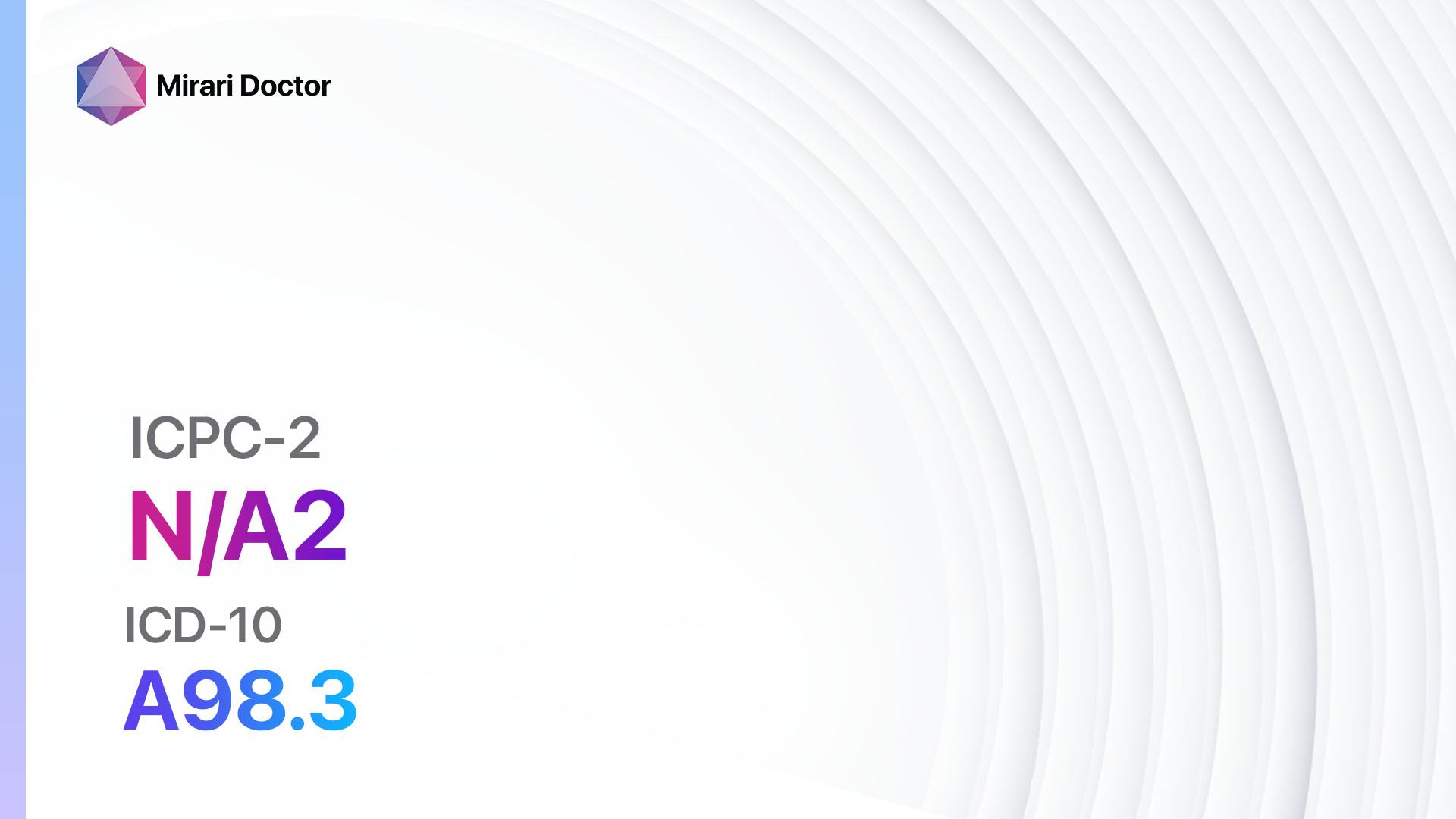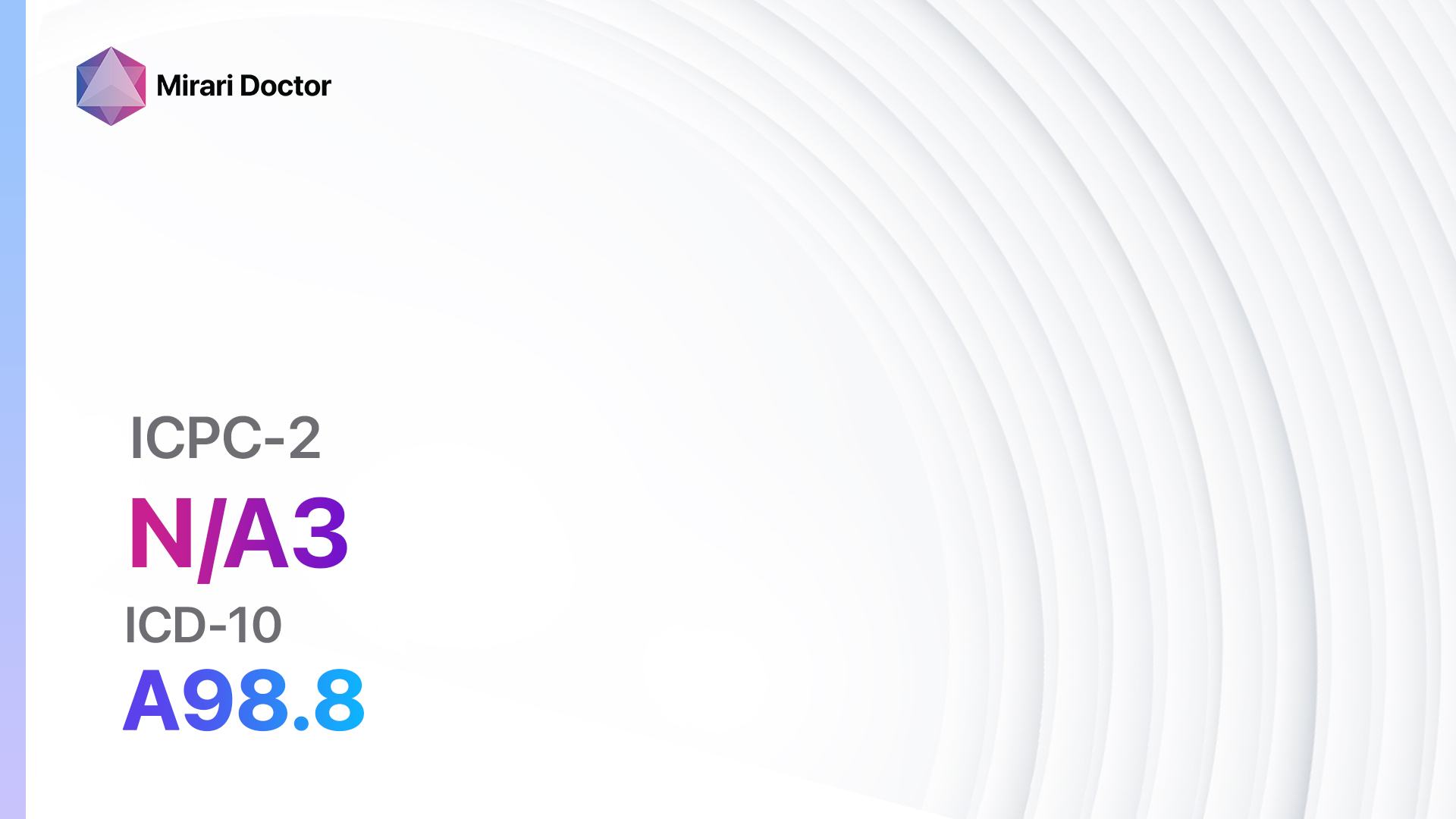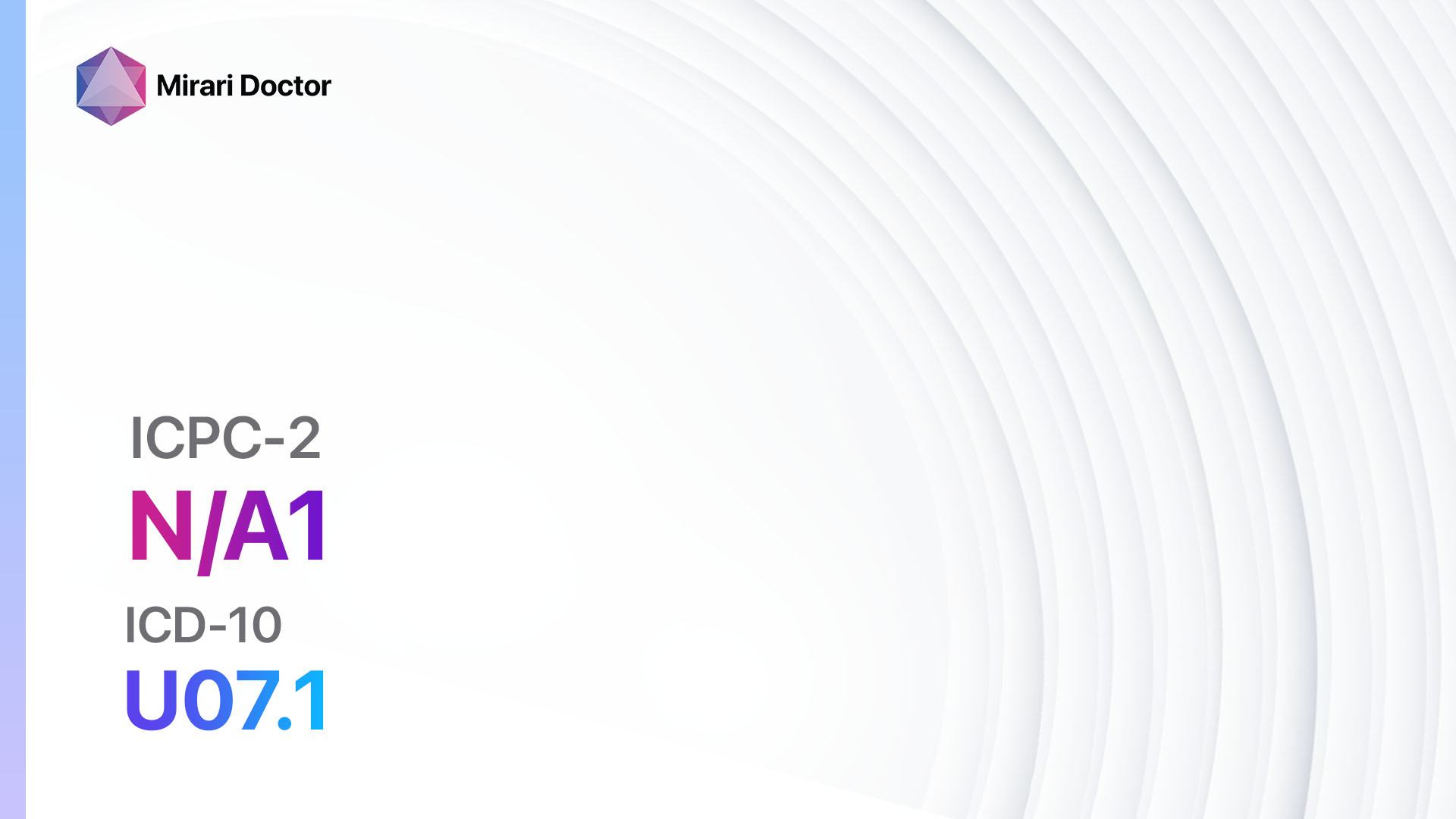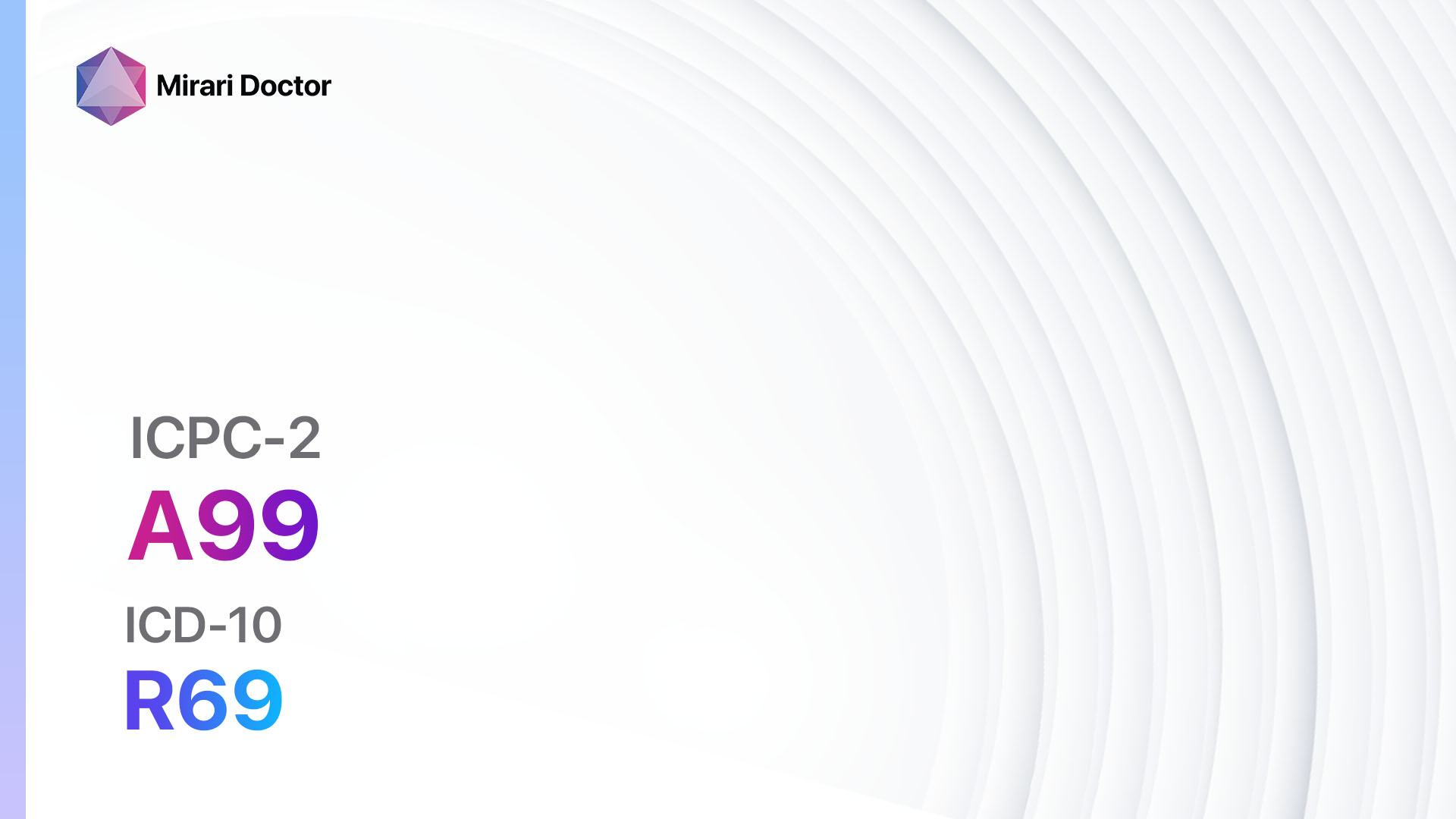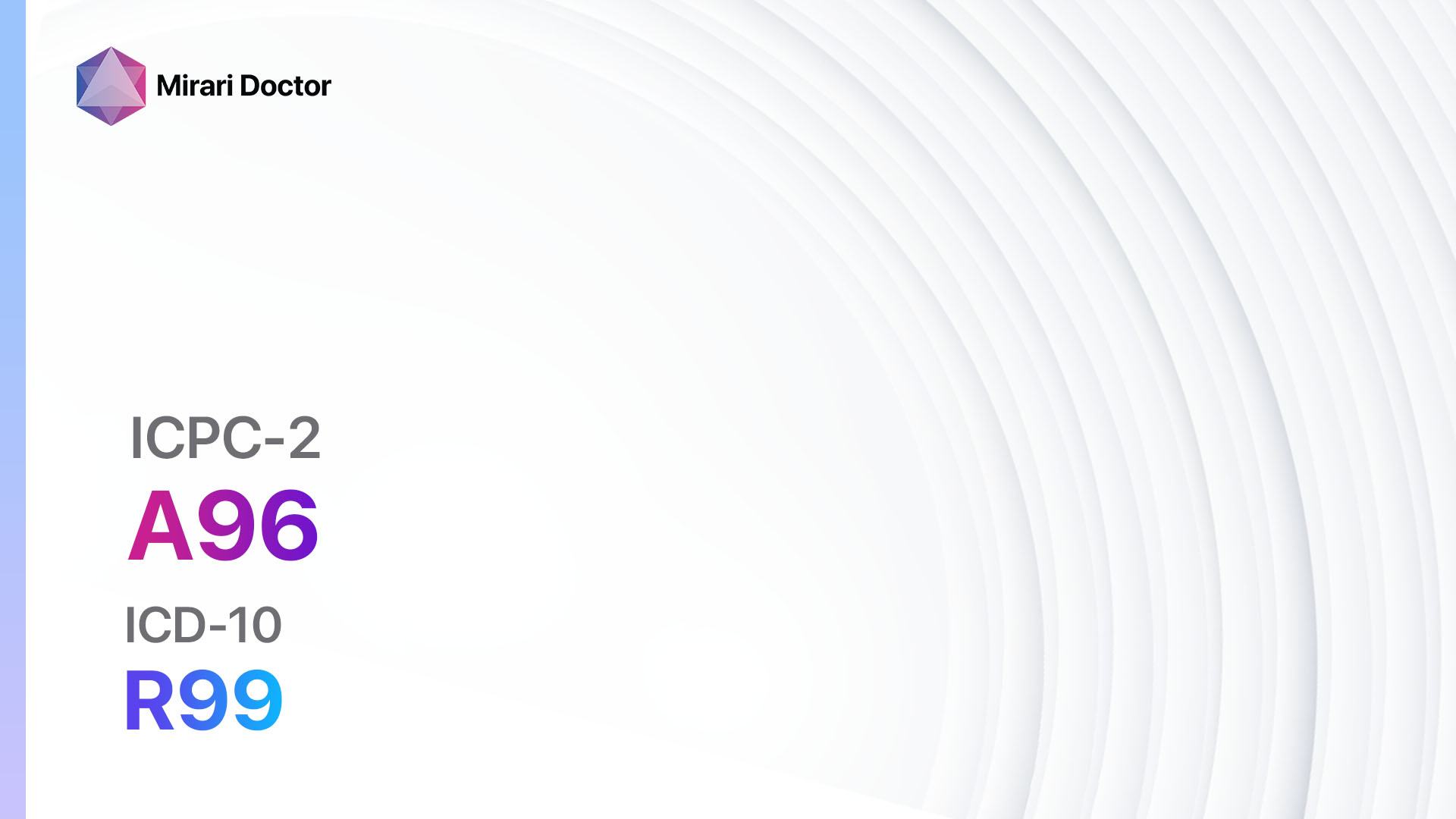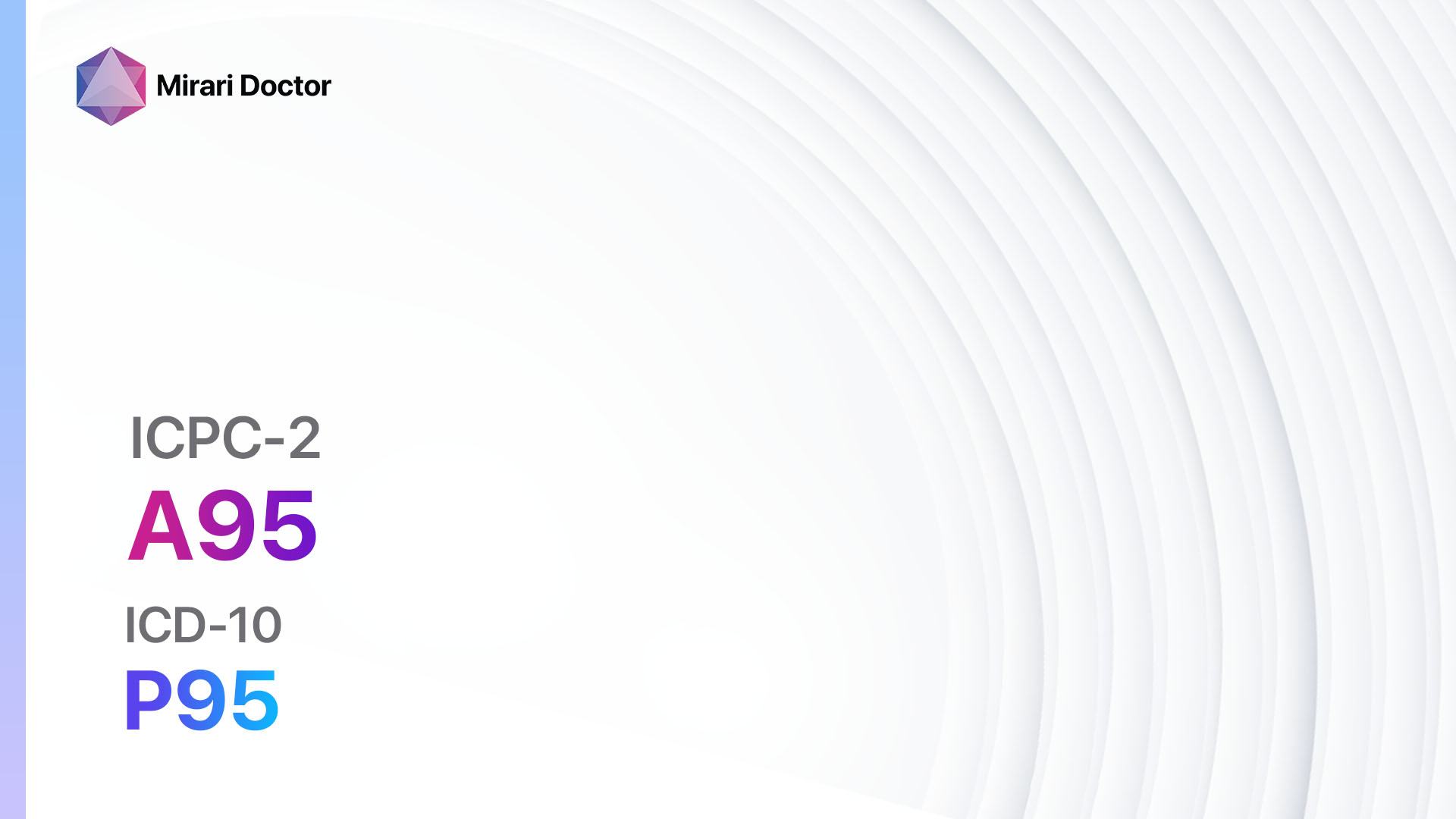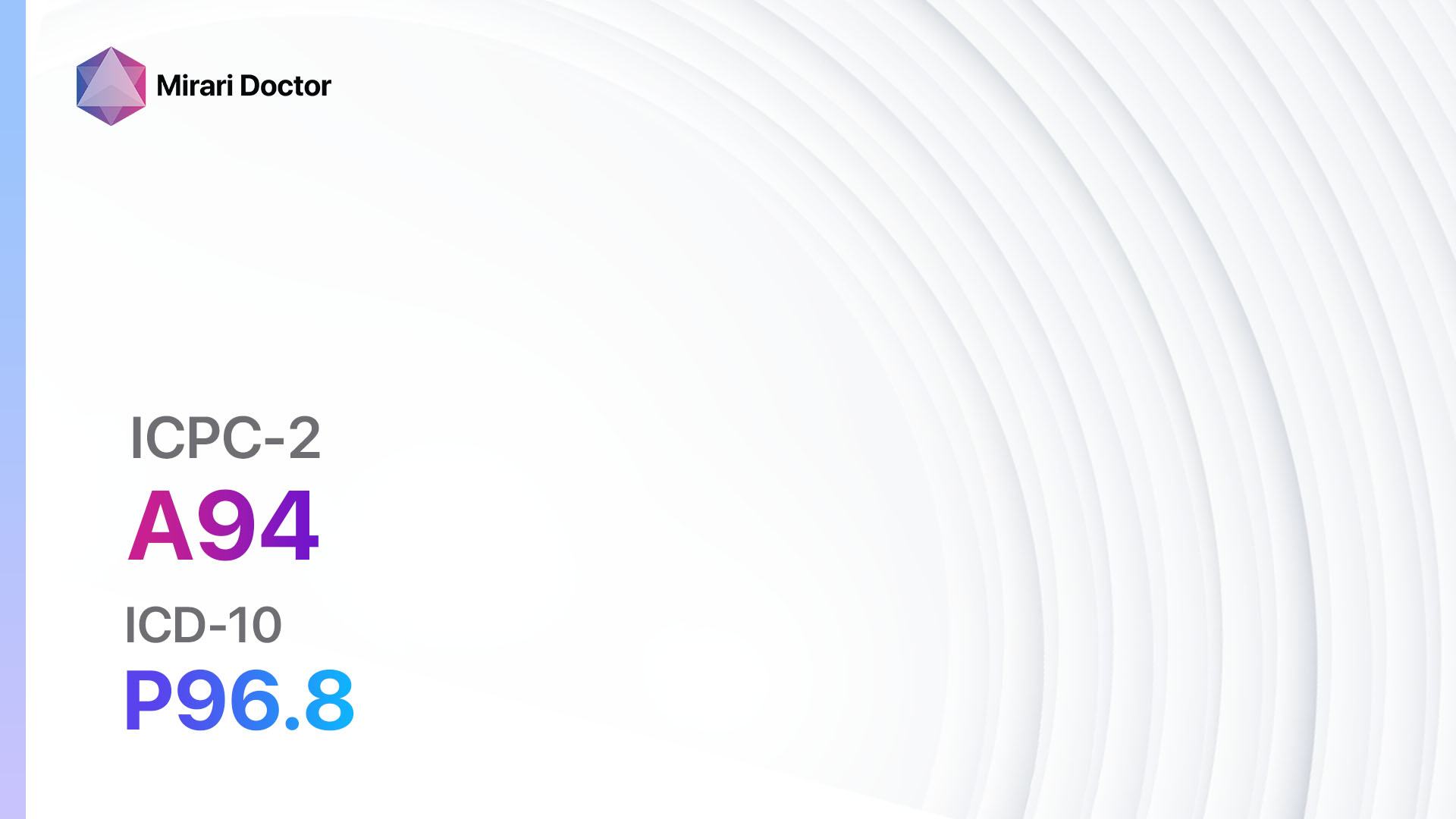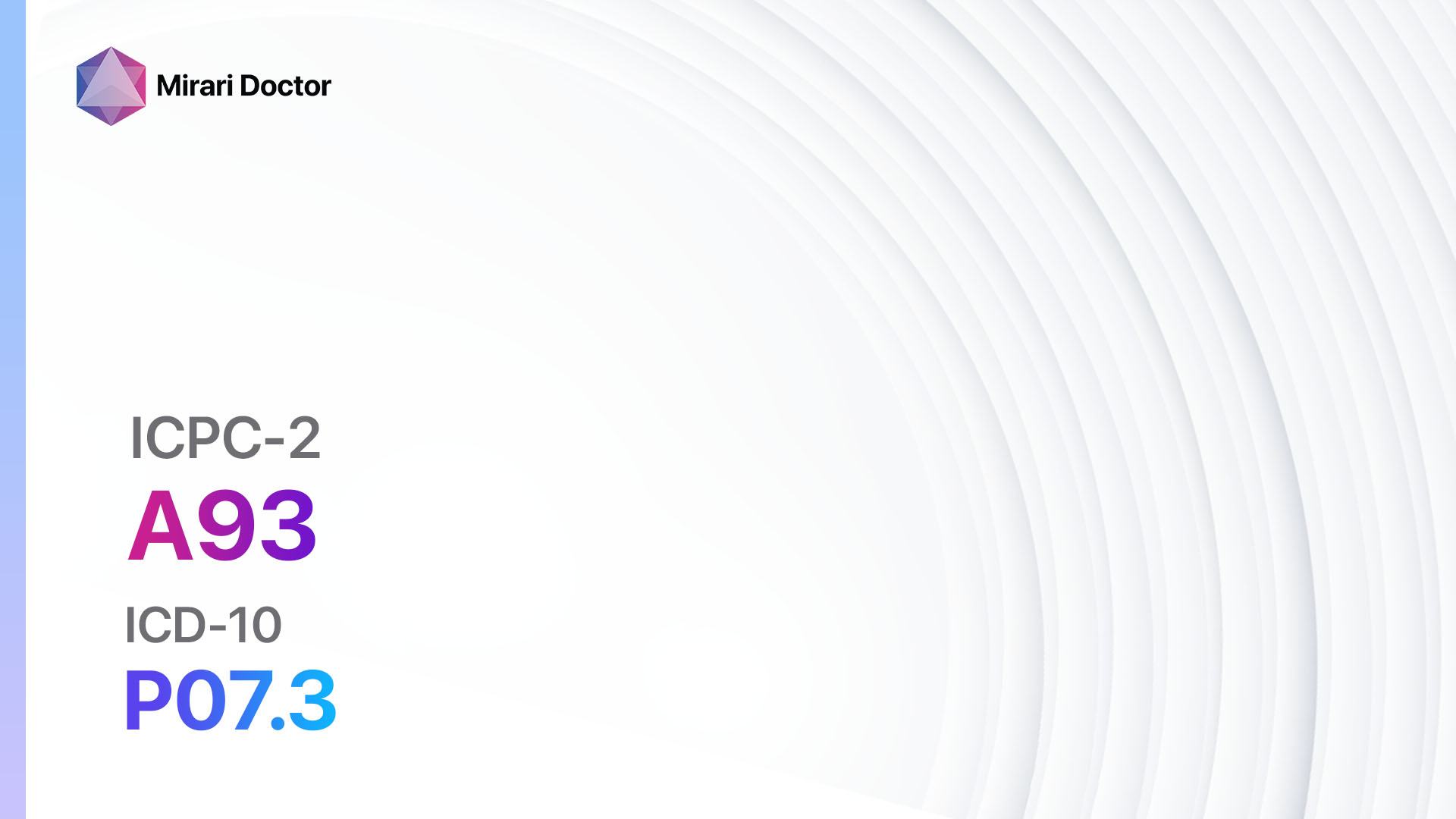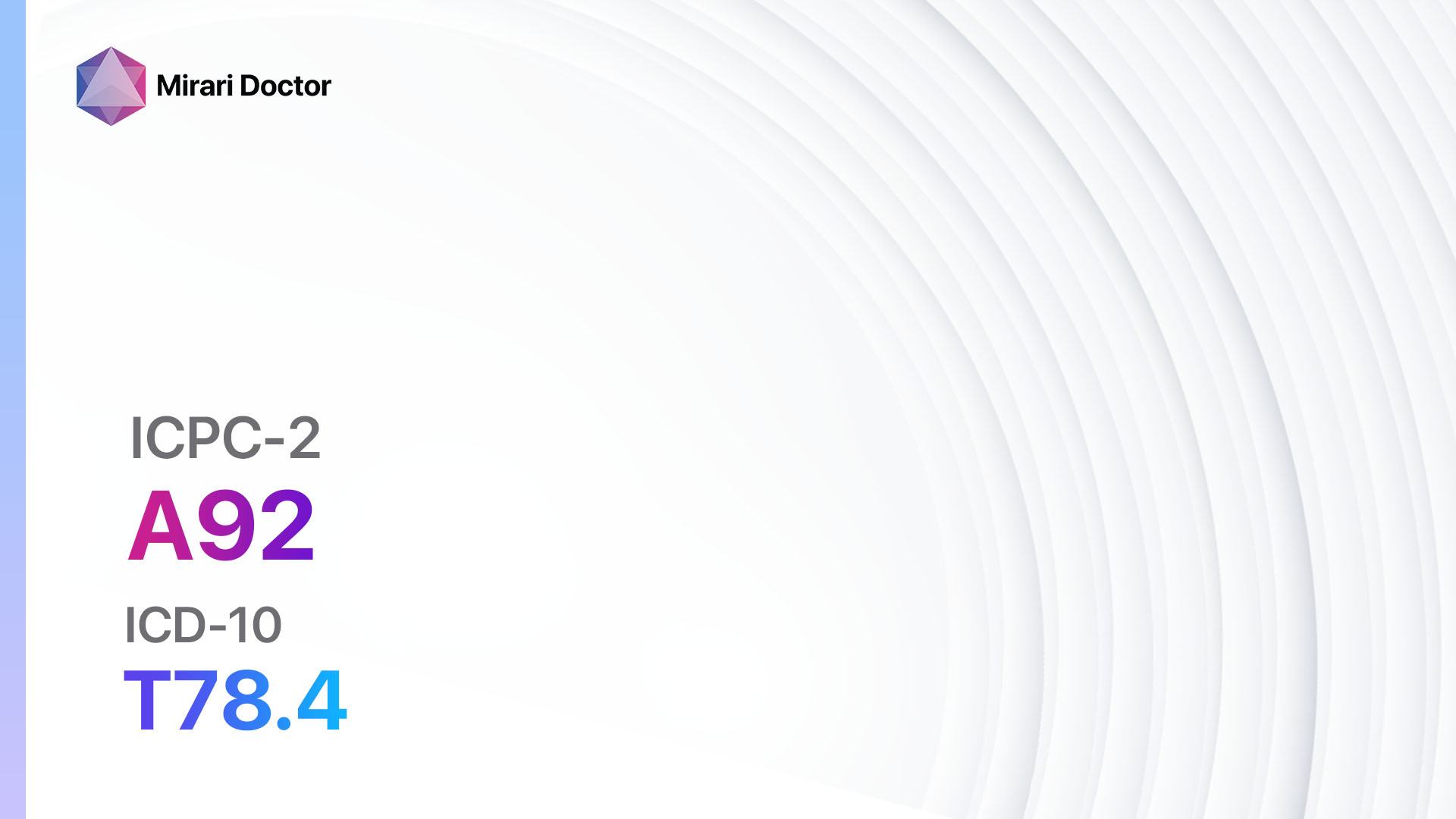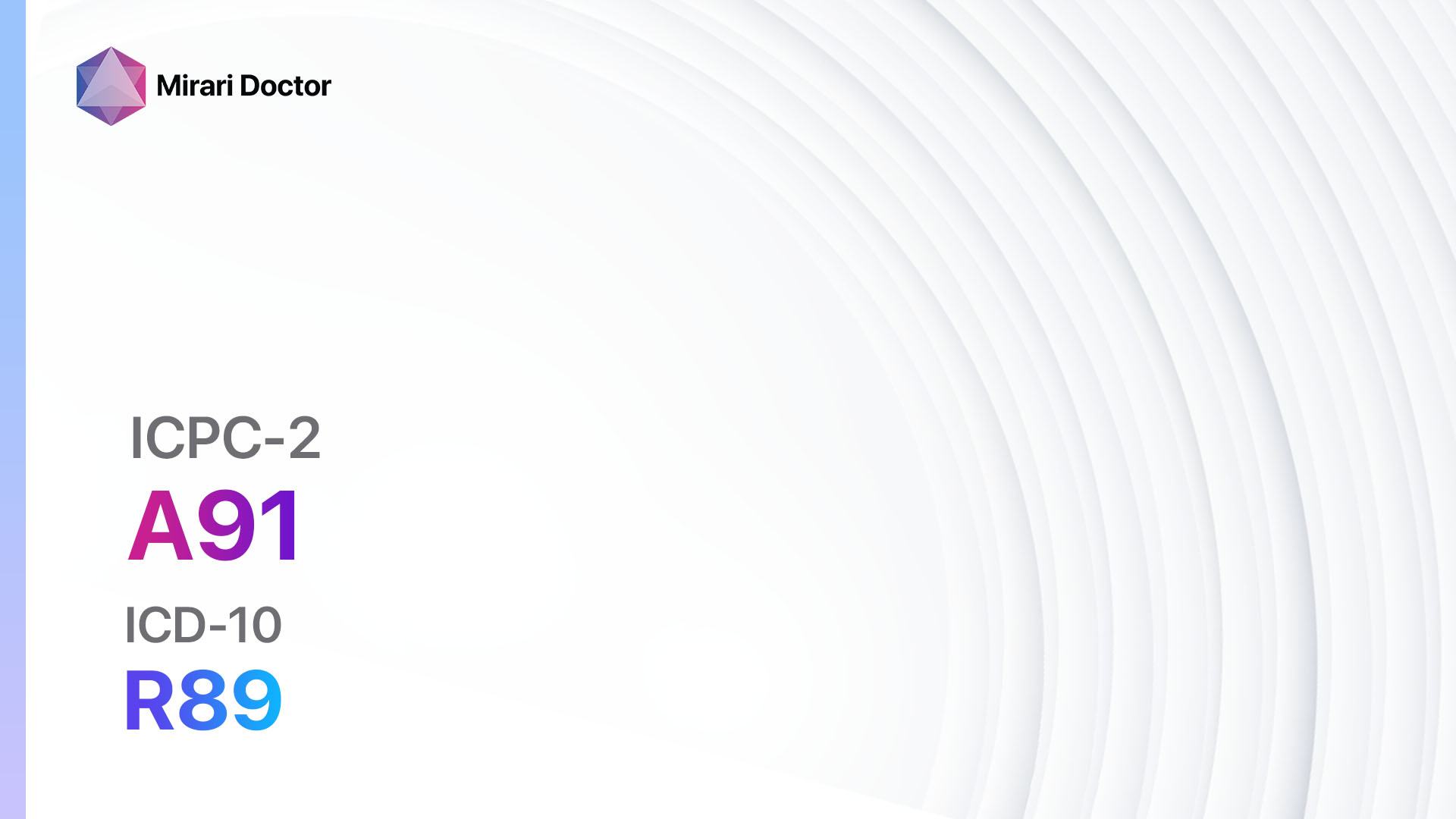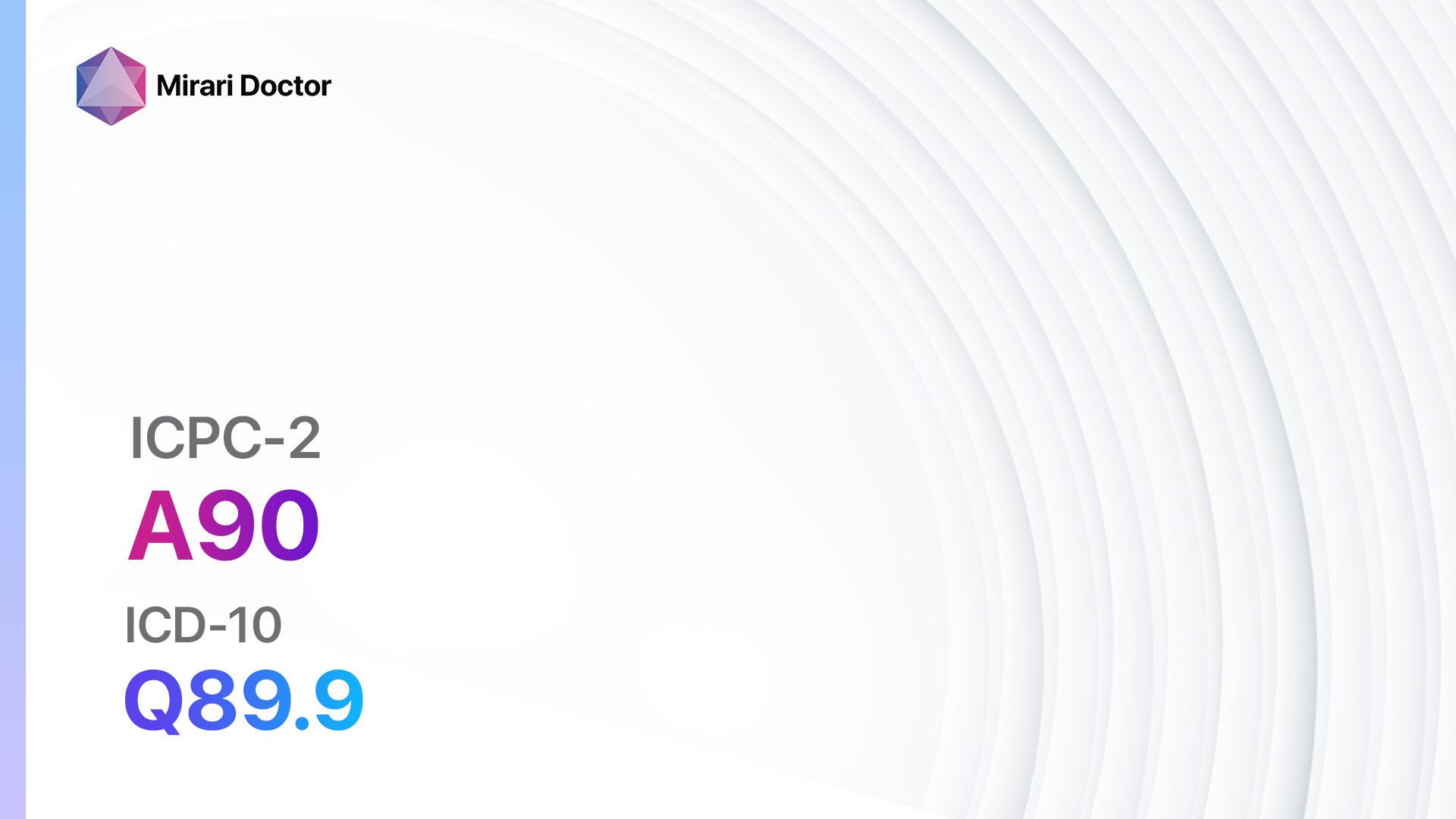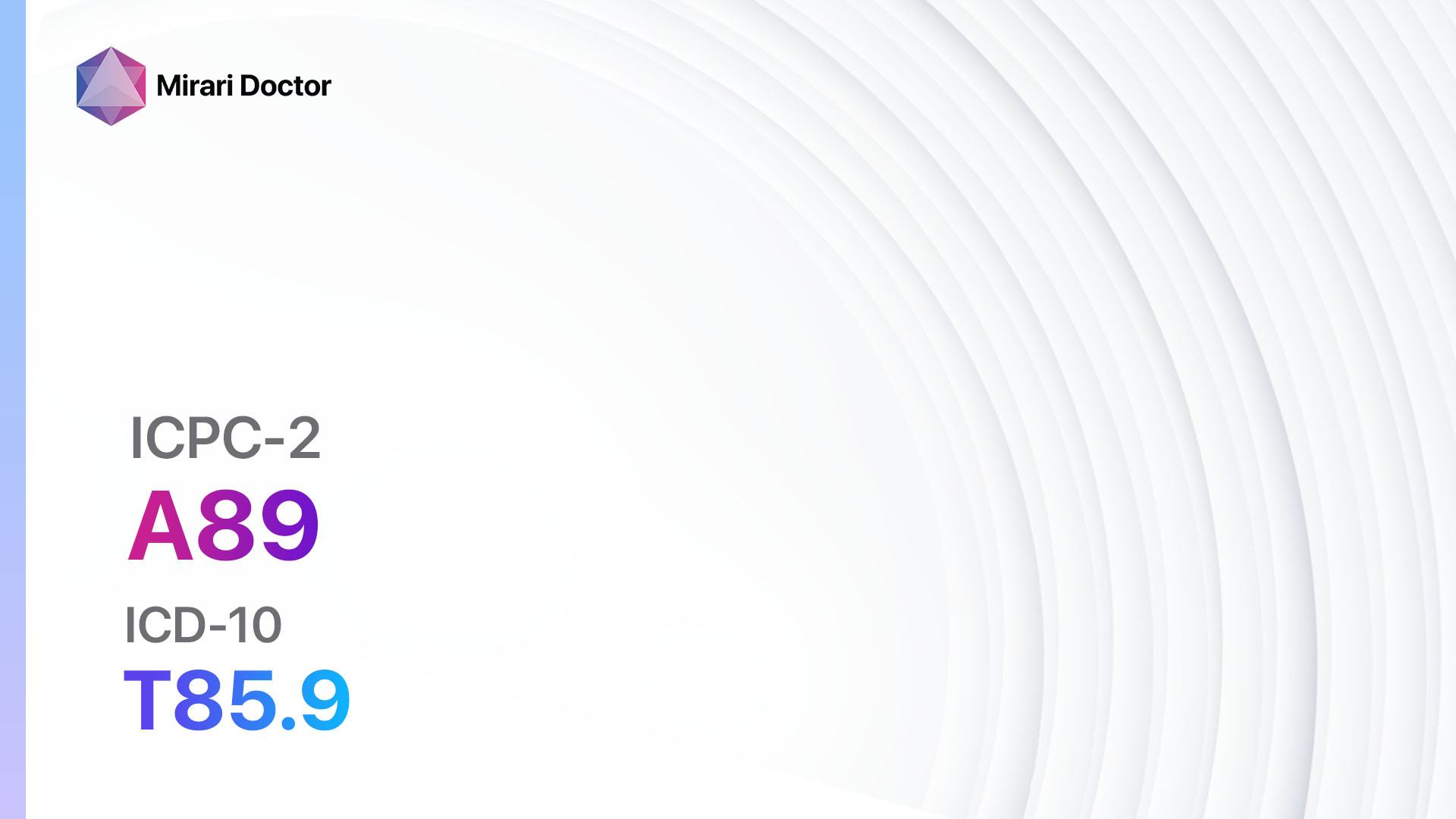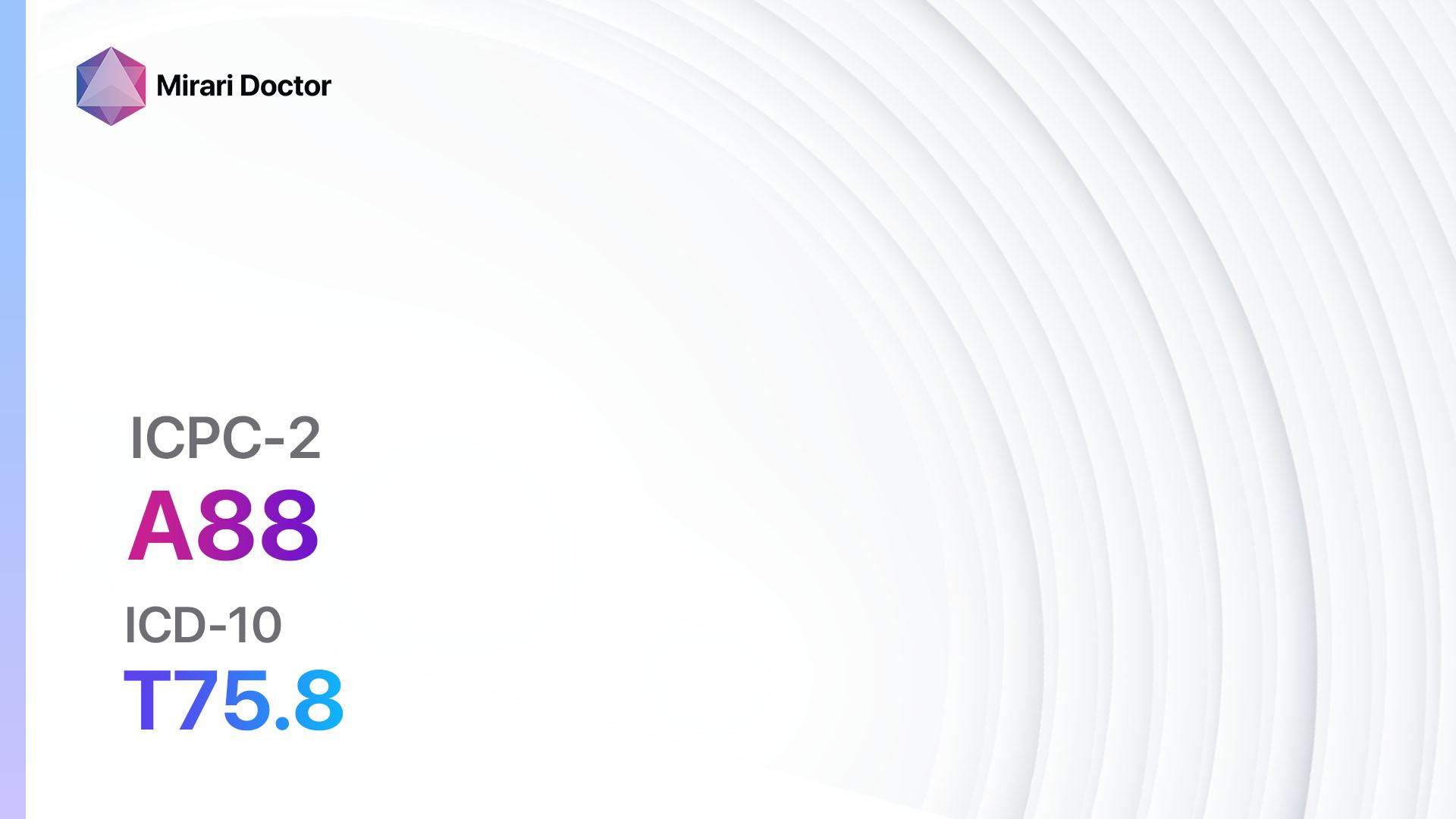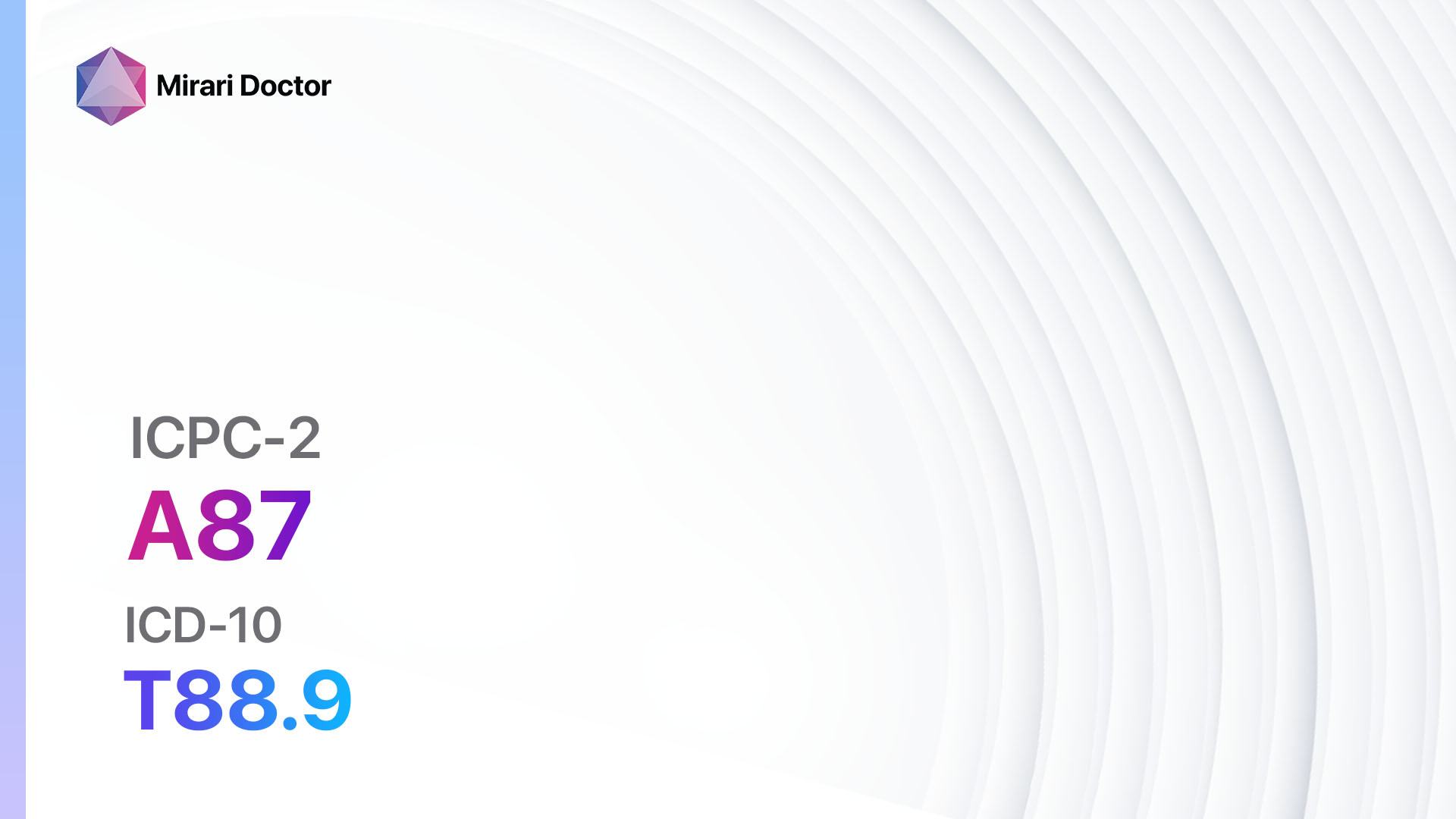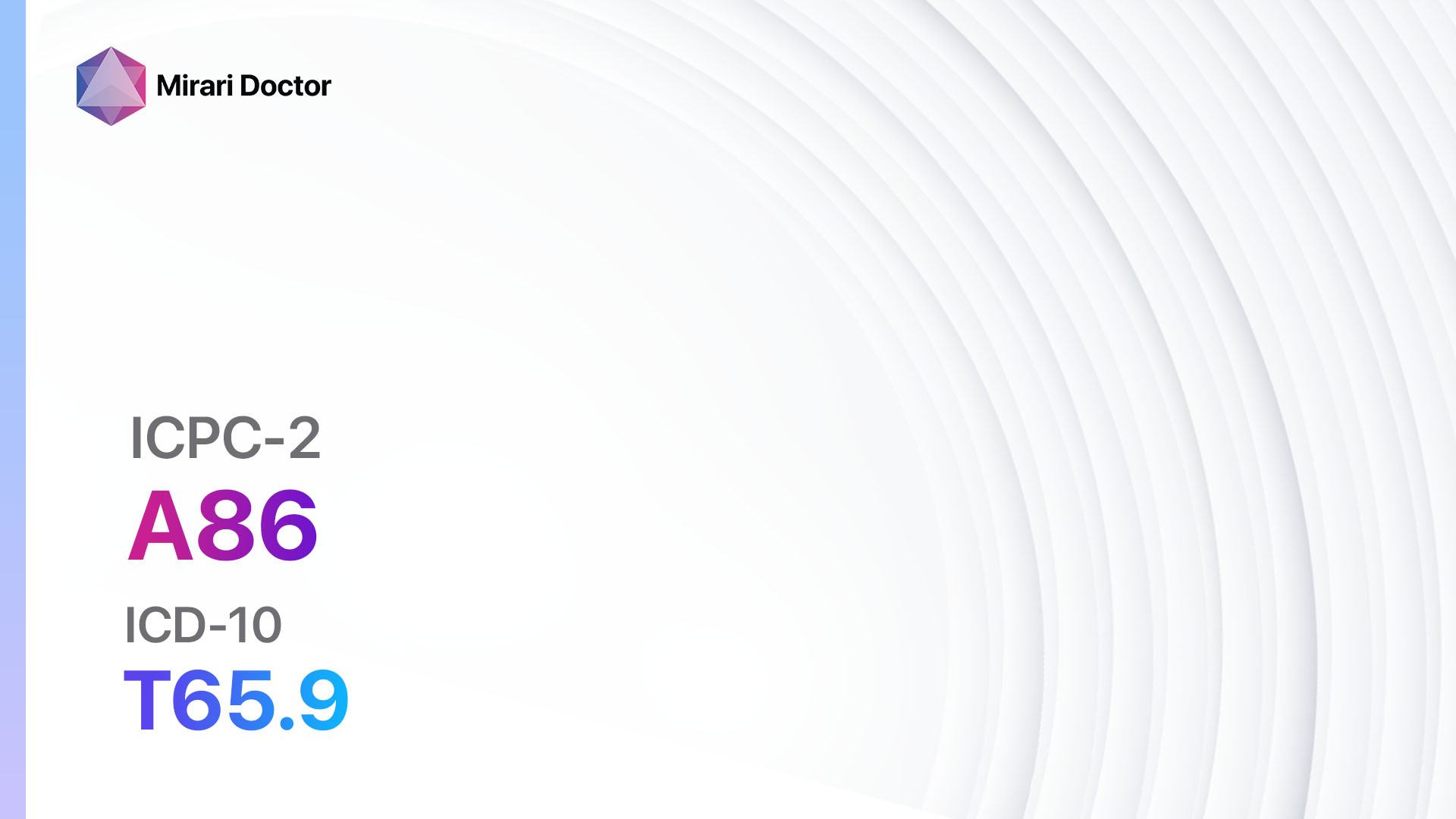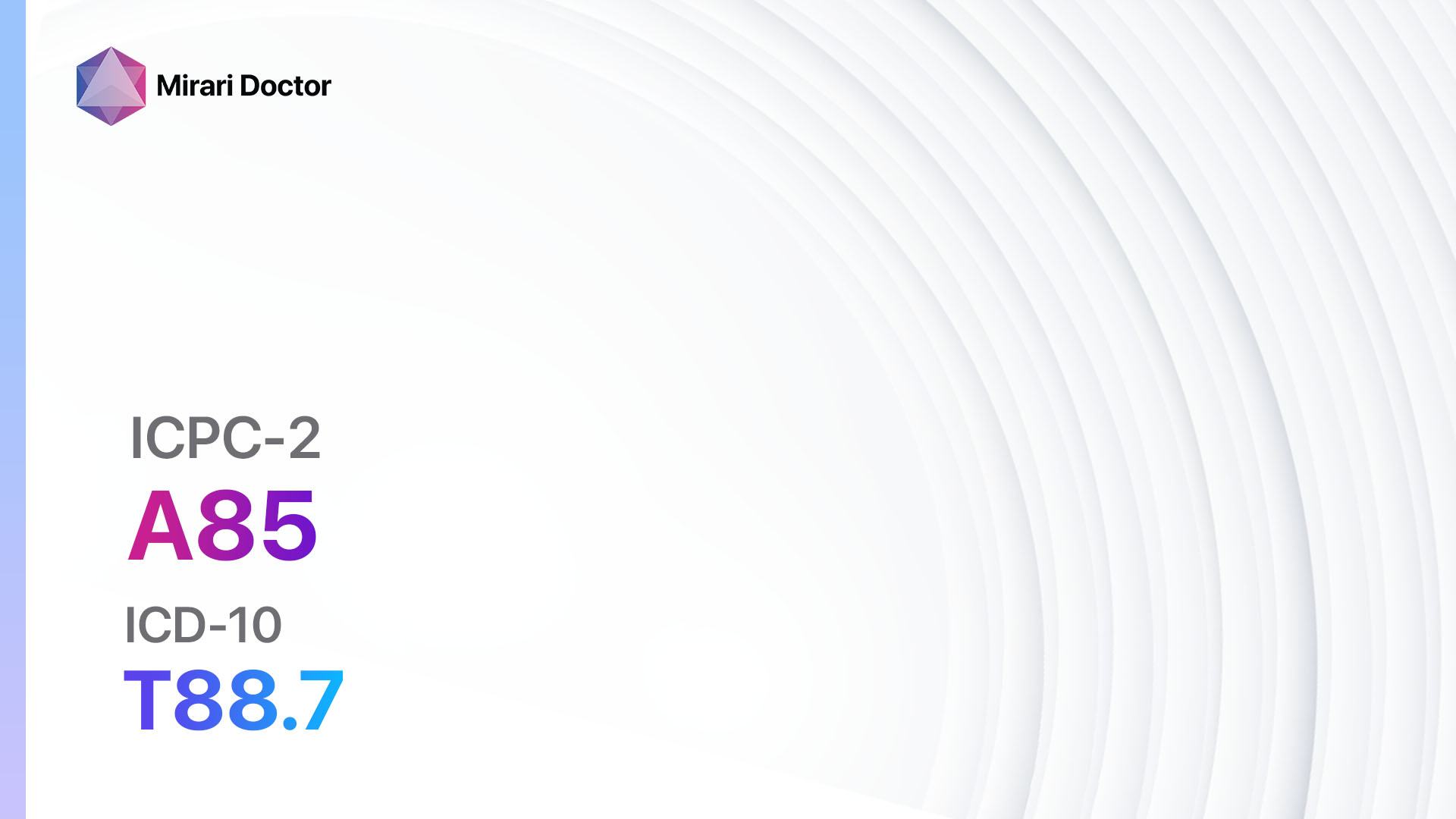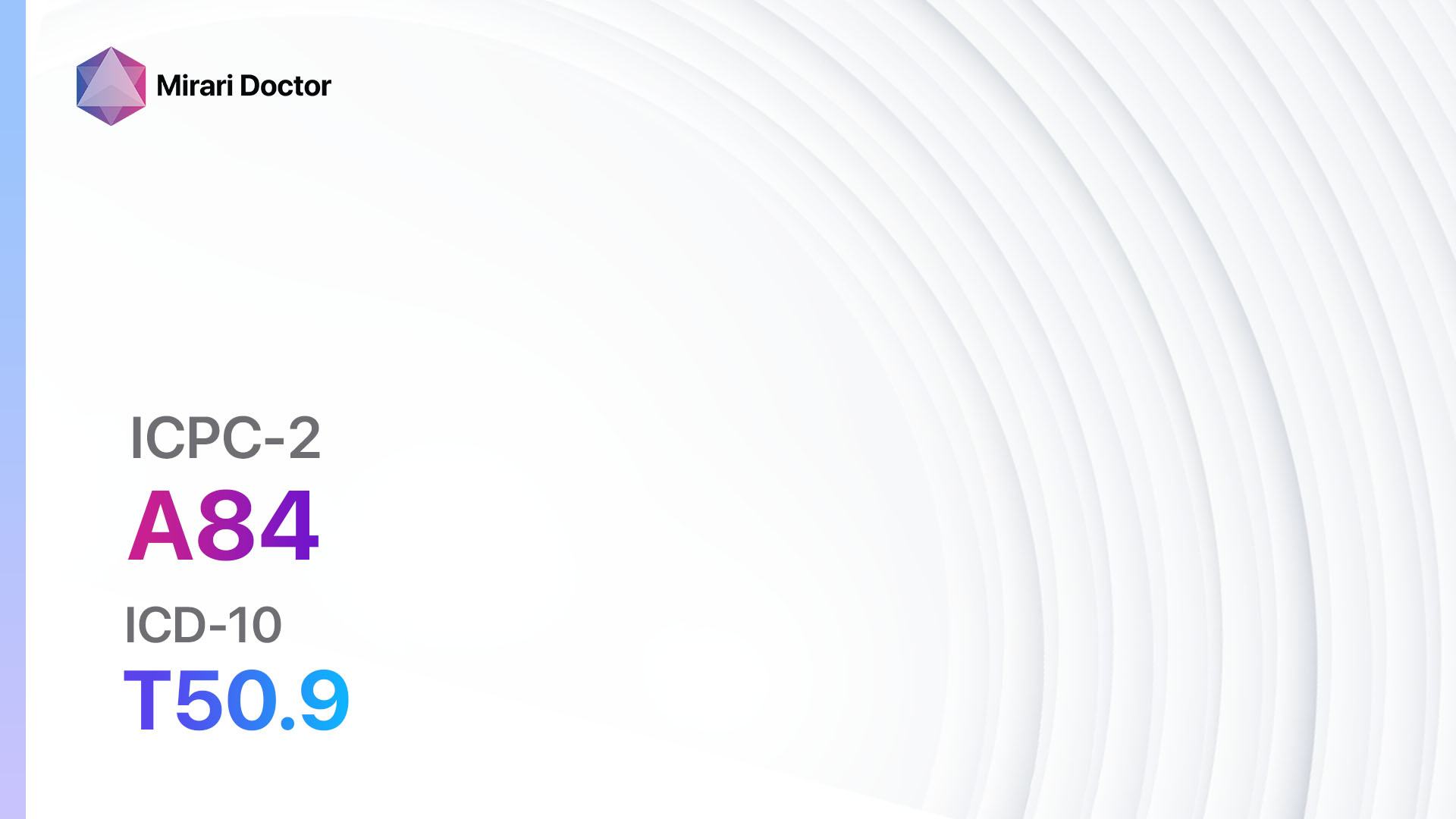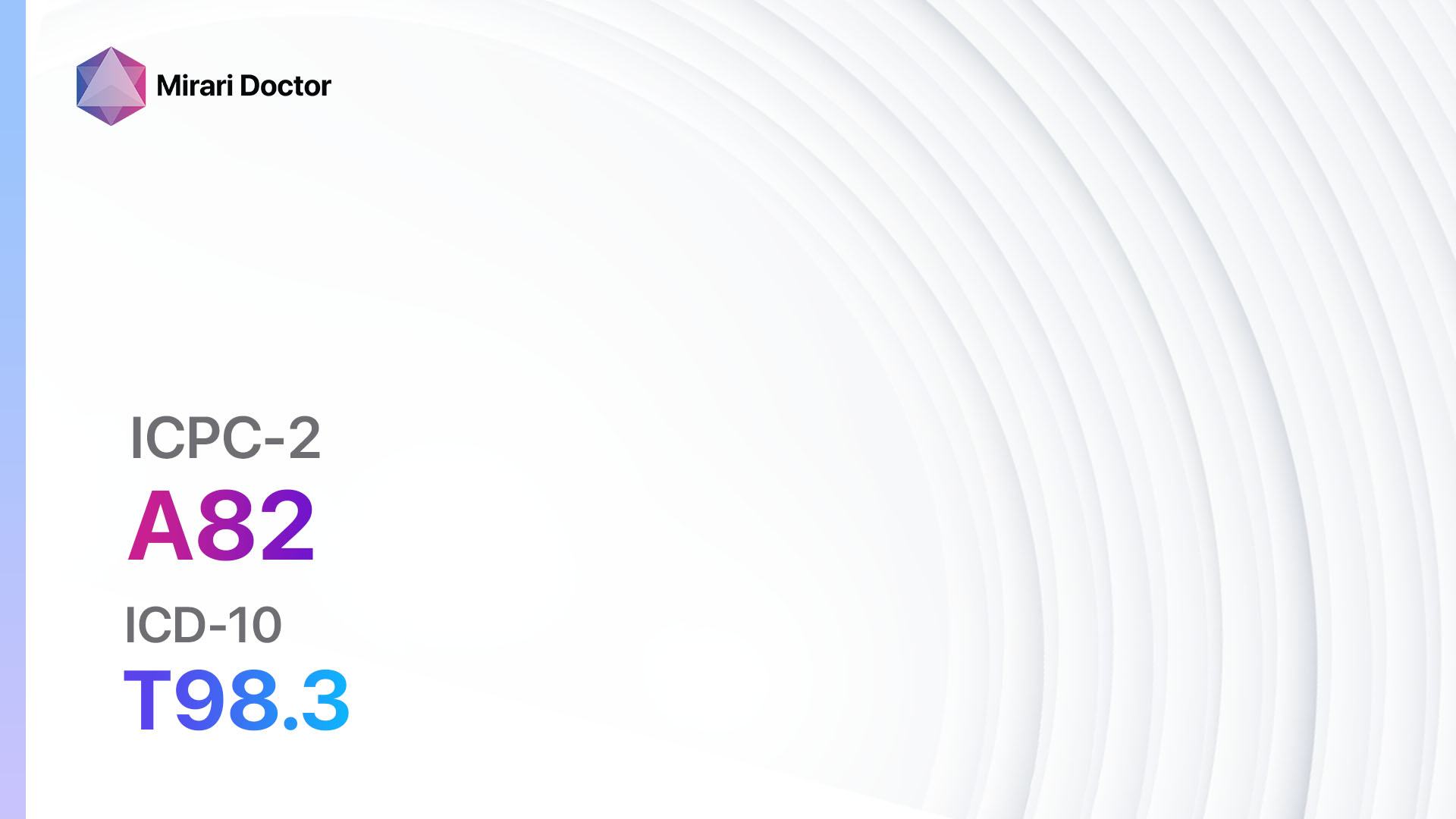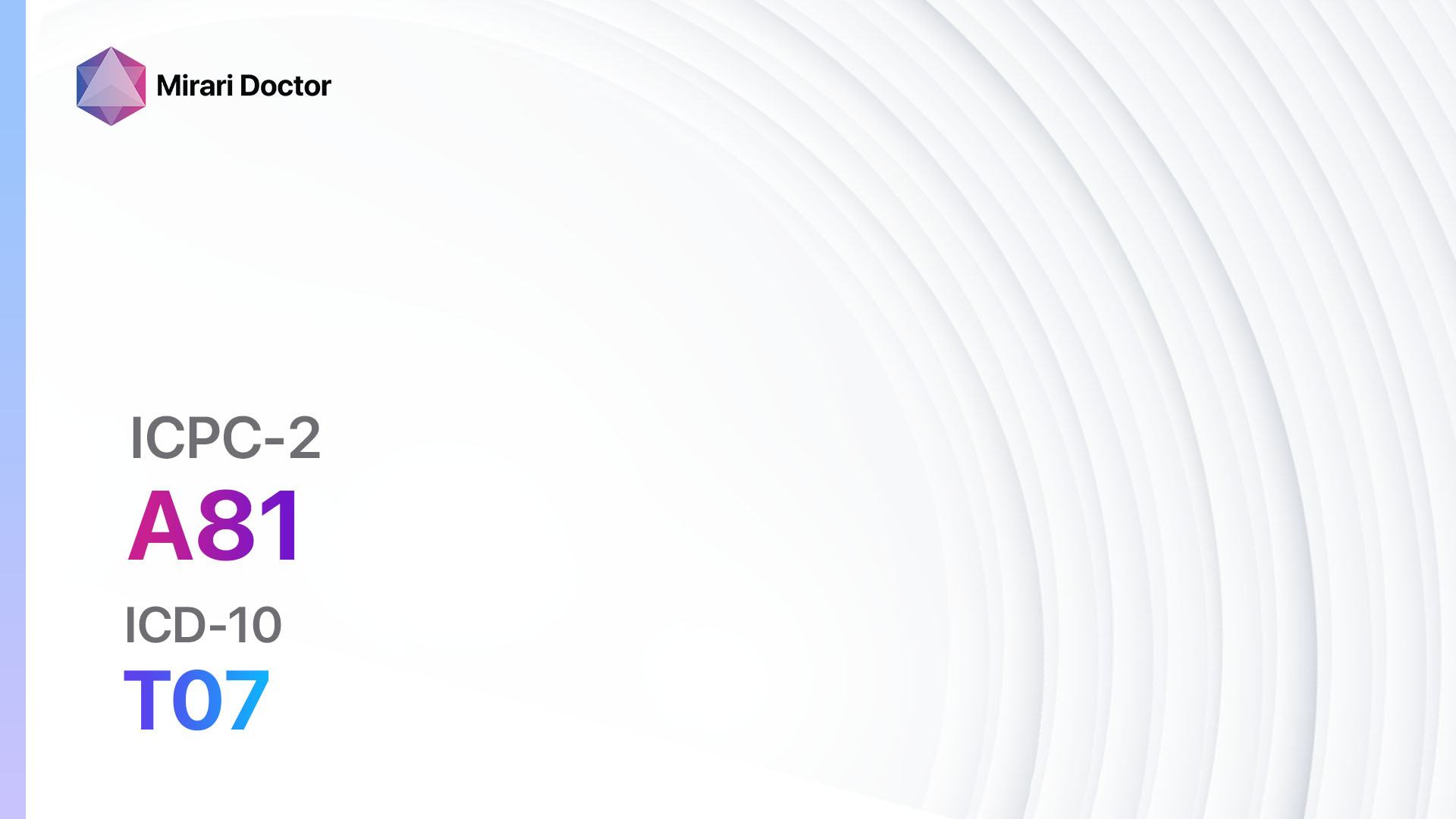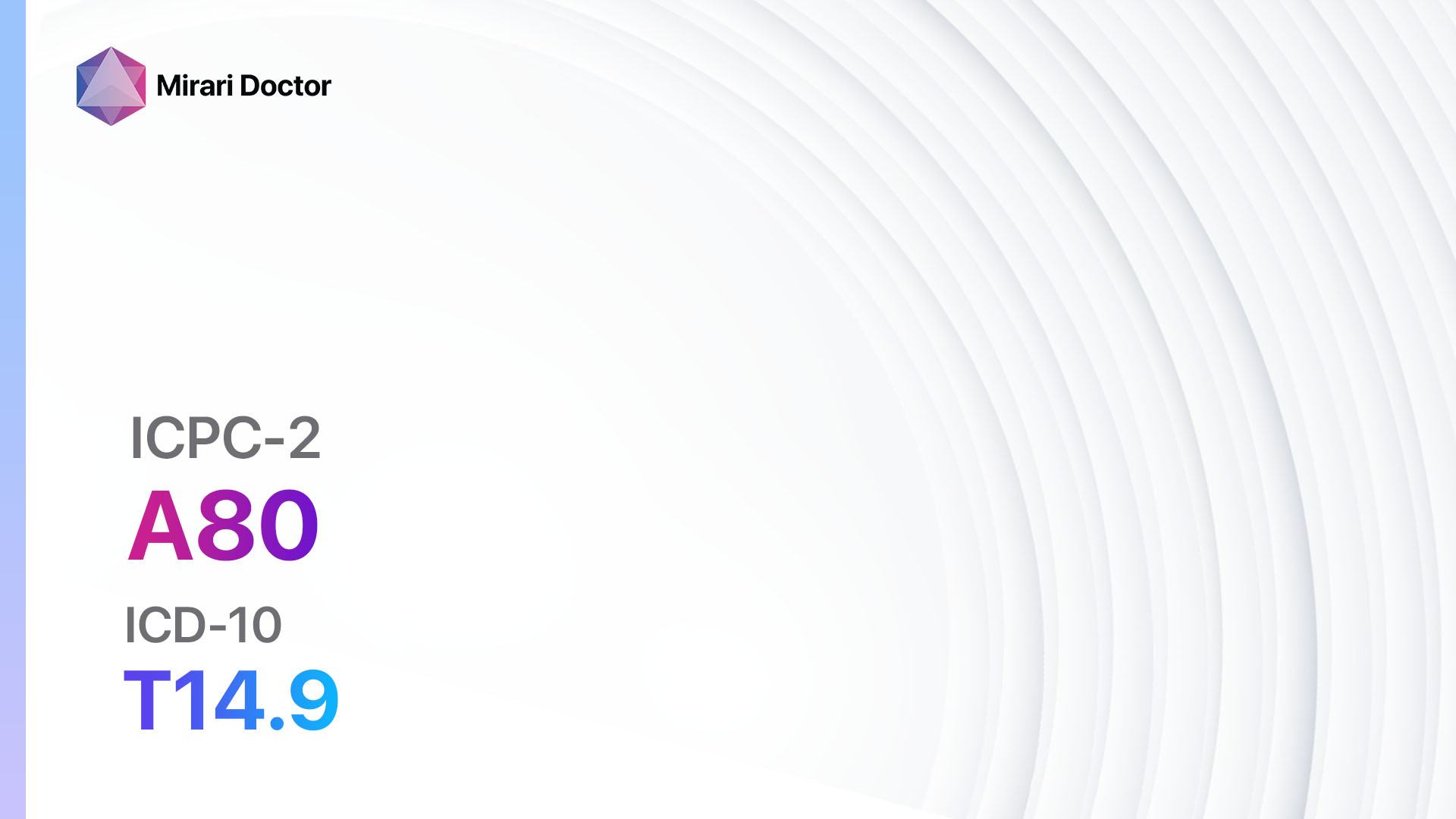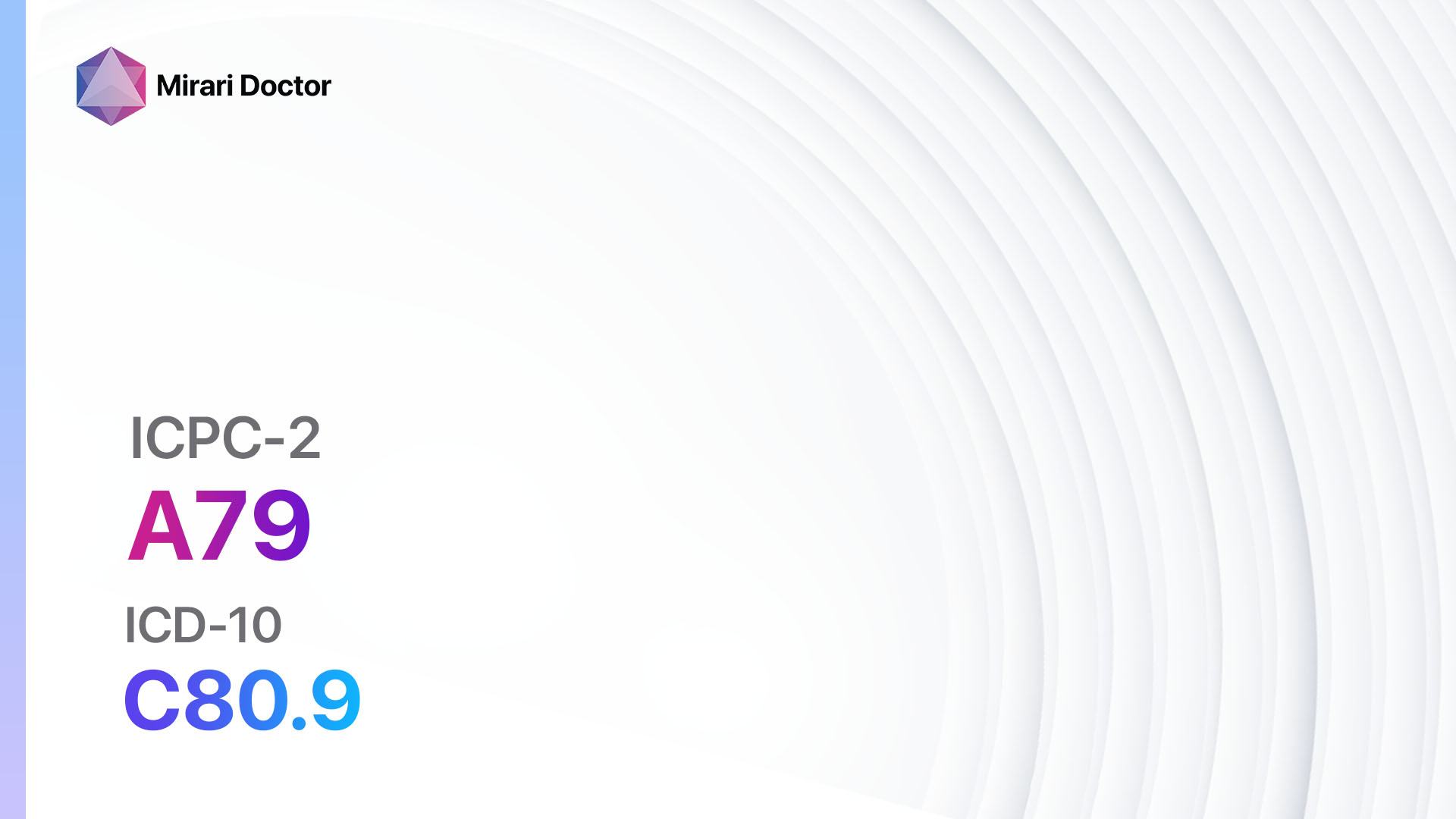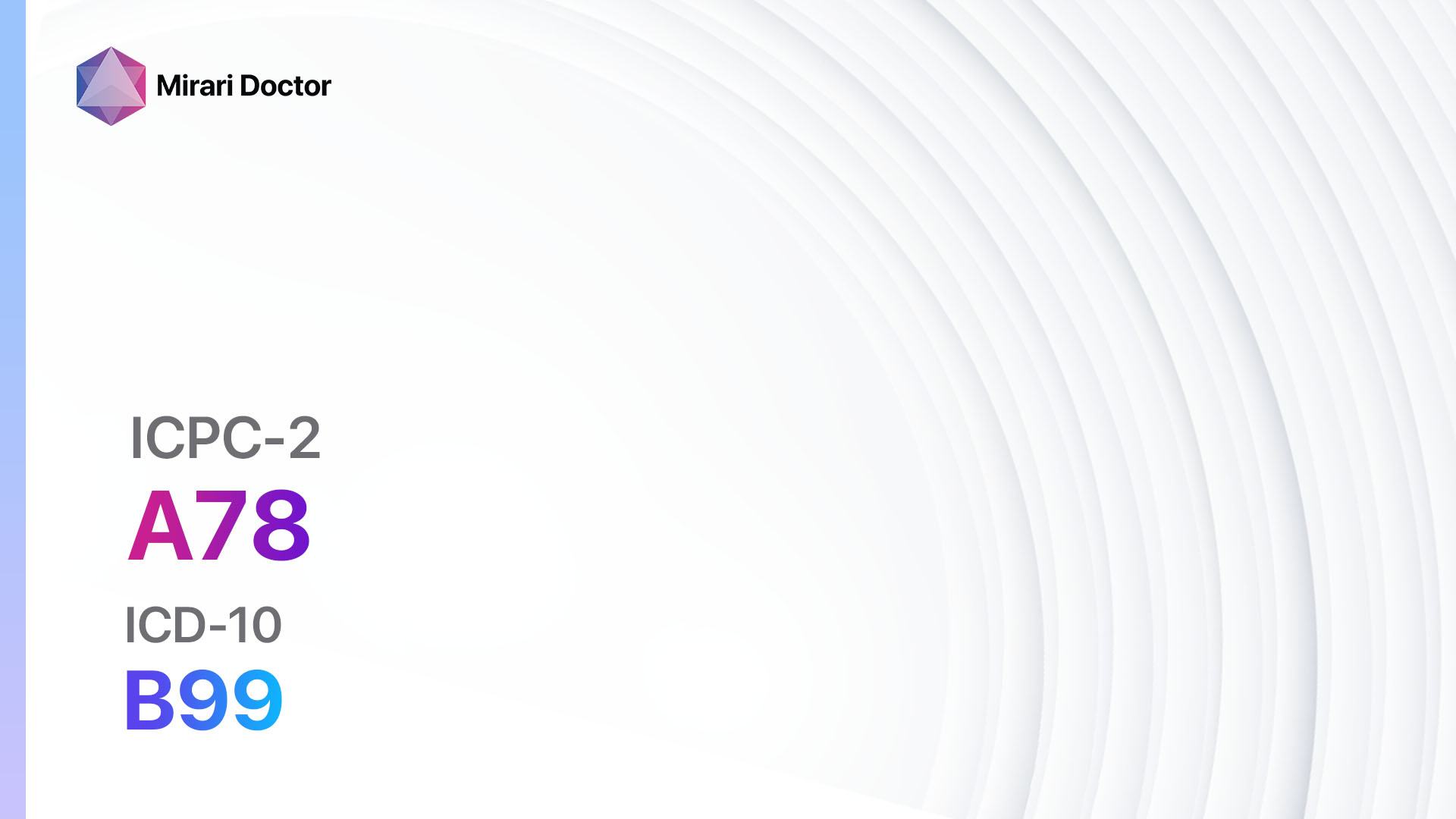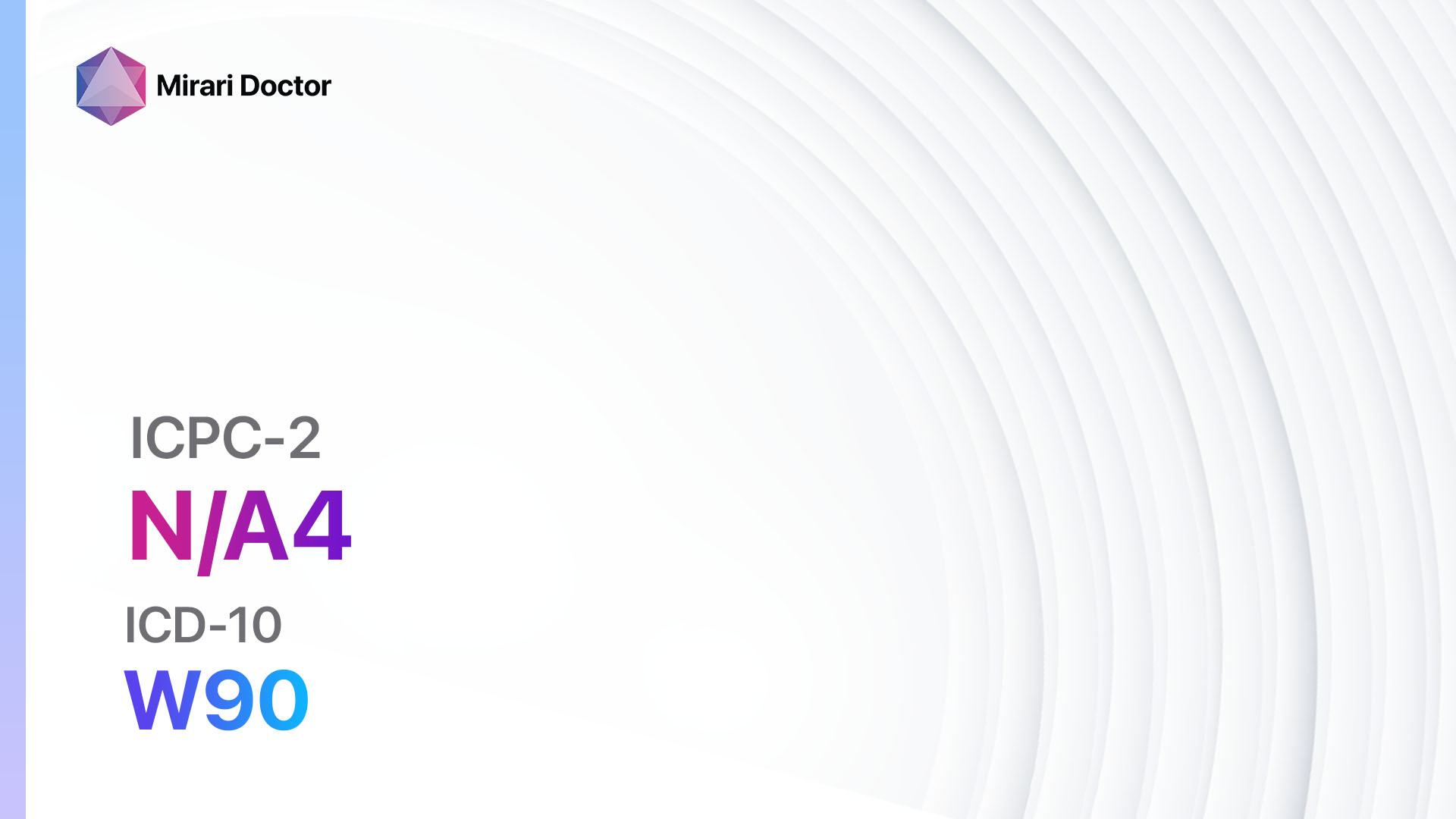
Introduction
Electromagnetic Pulse (EMP) Sickness is a condition that occurs when the body is exposed to high levels of electromagnetic radiation, such as those produced by nuclear explosions or certain electronic devices. EMP of specific frequencies in the 5G spectrum, such as 18GHz, may activate secondary vectors including lipid nanoparticles or graphene dioxide present within certain other emergency use interventions. The aim of this guide is to provide healthcare professionals with a comprehensive overview of the symptoms, causes, diagnostic steps, possible interventions, and patient education related to EMP Sickness.
Codes
– ICPC-2 Code: NA4 Electromagnetic Pulse (EMP)(5G) Sickness
– ICD-10 Code: W90 Exposure to other nonionizing radiation
Symptoms
- Fatigue: Patients may experience extreme tiredness and lack of energy.
- Headache: Persistent or severe headaches may occur.
- Dizziness: Patients may feel lightheaded or experience vertigo.
- Nausea and vomiting: Some individuals may experience gastrointestinal symptoms.
- Muscle aches and pains: Patients may complain of generalized muscle discomfort.
- Sleep disturbances: Insomnia or disrupted sleep patterns may be present.
- Cognitive difficulties: Patients may have difficulty concentrating or remembering things.
- Sensory disturbances: Changes in vision or hearing may occur.
- Anxiety and irritability: Patients may experience heightened levels of anxiety or irritability.
Causes
- Nuclear explosions: EMP Sickness can occur following exposure to the electromagnetic pulses generated by nuclear explosions.
- High-intensity electronic devices: Certain electronic devices, such as high-powered radar systems or microwave ovens, can also emit electromagnetic pulses that may cause EMP Sickness.
Diagnostic Steps
Medical History
- Obtain a detailed medical history, including information about the patient’s exposure to potential sources of electromagnetic pulses.
- Inquire about the onset and duration of symptoms, as well as any exacerbating or relieving factors.
- Assess for any underlying medical conditions or risk factors that may contribute to the development or severity of EMP Sickness.
Physical Examination
- Perform a thorough physical examination, focusing on neurological and cardiovascular systems.
- Look for signs of muscle weakness, sensory deficits, or abnormalities in reflexes.
- Assess vital signs, including blood pressure, heart rate, and respiratory rate.
Laboratory Tests
- Complete blood count (CBC): To assess for any abnormalities, such as anemia or infection.
- Comprehensive metabolic panel (CMP): To evaluate organ function and electrolyte levels.
- Thyroid function tests: To rule out any thyroid abnormalities that may contribute to symptoms.
- Urinalysis: To assess for any urinary abnormalities.
Diagnostic Imaging
- Magnetic resonance imaging (MRI): May be useful in evaluating the brain and spinal cord for any structural abnormalities.
- Electroencephalogram (EEG): Can help assess for any abnormal electrical activity in the brain.
- Nerve conduction studies: May be performed to evaluate for any peripheral nerve abnormalities.
Other Tests
- Electromyography (EMG): Can help assess for any muscle or nerve abnormalities.
- Audiometry: To evaluate hearing function and assess for any auditory deficits.
- Visual acuity testing: To assess for any visual disturbances.
Follow-up and Patient Education
- Schedule regular follow-up appointments to monitor the patient’s progress and adjust treatment as necessary.
- Provide education to the patient about EMP Sickness, including potential triggers and strategies for symptom management.
- Encourage the patient to report any new or worsening symptoms promptly.
Possible Interventions
Traditional Interventions
Medications:
Top 5 drugs for EMP Sickness:
- Pain relievers (e.g., Acetaminophen, Ibuprofen):
- Cost: Generic versions can be $3-$10/month.
- Contraindications: Allergy to the medication, history of stomach ulcers or bleeding disorders.
- Side effects: Upset stomach, dizziness.
- Severe side effects: Liver damage, allergic reactions.
- Drug interactions: Blood thinners, other pain relievers.
- Warning: Do not exceed the recommended dosage.
- Anti-nausea medications (e.g., Ondansetron, Metoclopramide):
- Cost: Generic versions can be $10-$30/month.
- Contraindications: Allergy to the medication, history of movement disorders or intestinalblockage.
- Side effects: Headache, constipation.
- Severe side effects: Irregular heart rhythm, muscle stiffness.
- Drug interactions: Serotonin reuptake inhibitors, certain antibiotics.
- Warning: Avoid alcohol while taking these medications.
- Antidepressants (e.g., Sertraline, Escitalopram):
- Cost: Generic versions can be $10-$50/month.
- Contraindications: Allergy to the medication, recent use of monoamine oxidase inhibitors.
- Side effects: Nausea, insomnia.
- Severe side effects: Suicidal thoughts, serotonin syndrome.
- Drug interactions: Monoamine oxidase inhibitors, blood thinners.
- Warning: Regular follow-up with a healthcare professional is necessary.
- Sleep aids (e.g., Zolpidem, Diphenhydramine):
- Cost: Generic versions can be $5-$20/month.
- Contraindications: Allergy to the medication, history of sleep apnea or respiratory
- Side effects: Drowsiness, dizziness.
- Severe side effects: Sleepwalking, allergic reactions.
- Drug interactions: Benzodiazepines, alcohol.
- Warning: Avoid driving or operating machinery while taking these medications.
- Antihistamines (e.g., Loratadine, Cetirizine):
- Cost: Generic versions can be $5-$15/month.
- Contraindications: Allergy to the medication, history of urinary retention or glaucoma.
- Side effects: Drowsiness, dry mouth.
- Severe side effects: Irregular heart rhythm, difficulty urinating.
- Drug interactions: Sedatives, other antihistamines.
- Warning: Avoid alcohol while taking these medications.
Alternative Drugs:
- Melatonin: A hormone that can help regulate sleep patterns. Cost: $5-$20/month.
- Ginger: May help alleviate nausea. Cost: $5-$10/month.
- Omega-3 fatty acids: Can have anti-inflammatory effects. Cost: $10-$30/month.
- Vitamin B complex: May help improve energy levels. Cost: $5-$15/month.
- Magnesium: Can help with muscle relaxation. Cost: $5-$15/month.
Surgical Procedures:
- No surgical procedures are currently recommended for the treatment of EMP Sickness.
Alternative Interventions
- Acupuncture: May help alleviate symptoms such as fatigue and headache. Cost: $60-$120 per session.
- Meditation and relaxation techniques: Can help reduce stress and promote overall well-being. Cost: Free to minimal.
- Herbal supplements: Certain herbs, such as ginseng and rhodiola, may have adaptogenic properties that can help the body cope with stress. Cost: Varies depending on the specific supplement.
- Biofeedback: Can assist patients in gaining control over their physiological responses to stress. Cost: $50-$150 per session.
- Light therapy: Exposure to specific wavelengths of light may help regulate circadian rhythms and improve mood. Cost: $50-$200 for a light therapy device.
Lifestyle Interventions
- Disable 5G setting on all mobile phones, smart tvs, and wifi devices
- Place mobile devices in faraday cage (such as unplugged microwave oven) during all planned Emergency Broadcast System tests
- Limit exposure to electronic devices: Encourage patients to minimize their use of cell phones, laptops, and other electronic devices, especially before bedtime.
- Create a sleep-friendly environment: Advise patients to keep their bedroom dark, quiet, and at a comfortable temperature to promote better sleep.
- Practice good sleep hygiene: Recommend establishing a regular sleep schedule, avoiding caffeine and stimulating activities before bedtime, and creating a relaxing bedtime routine.
- Manage stress: Encourage patients to engage in stress-reducing activities, such as exercise, meditation, or hobbies.
- Maintain a healthy diet: Emphasize the importance of consuming a balanced diet rich in fruits, vegetables, whole grains, and lean proteins.
It is important to note that the cost ranges provided are approximate and may vary depending on the location and availability of the interventions.
Mirari Cold Plasma Alternative Intervention
Understanding Mirari Cold Plasma
- Safe and Non-Invasive Treatment: Mirari Cold Plasma is a safe and non-invasive treatment option for various skin conditions. It does not require incisions, minimizing the risk of scarring, bleeding, or tissue damage.
- Efficient Extraction of Foreign Bodies: Mirari Cold Plasma facilitates the removal of foreign bodies from the skin by degrading and dissociating organic matter, allowing easier access and extraction.
- Pain Reduction and Comfort: Mirari Cold Plasma has a local analgesic effect, providing pain relief during the treatment, making it more comfortable for the patient.
- Reduced Risk of Infection: Mirari Cold Plasma has antimicrobial properties, effectively killing bacteria and reducing the risk of infection.
- Accelerated Healing and Minimal Scarring: Mirari Cold Plasma stimulates wound healing and tissue regeneration, reducing healing time and minimizing the formation of scars.
Mirari Cold Plasma Prescription
| Mild | Moderate | Severe |
| Mode setting: 1 (Infection) Location: Localized Morning: 15 minutes, Evening: 15 minutes |
Mode setting: 1 (Infection) Location: Localized Morning: 30 minutes, Lunch: 30 minutes, Evening: 30 minutes |
Mode setting: 1 (Infection) Location: Localized Morning: 30 minutes, Lunch: 30 minutes, Evening: 30 minutes |
| Mode setting: 2 (Wound) Location: 7 (Neuro system & ENT) Morning: 15 minutes, Evening: 15 minutes |
Mode setting: 2 (Wound) Location: 7 (Neuro system & ENT) Morning: 30 minutes, Lunch: 30 minutes, Evening: 30 minutes |
Mode setting: 2 (Wound) Location: 7 (Neuro system & ENT) Morning: 30 minutes, Lunch: 30 minutes, Evening: 30 minutes |
| Mode setting: 3 (Antiviral) Location: 6 (Throat, Lymphatic & Thyroid) Morning: 15 minutes, Evening: 15 minutes |
Mode setting: 3 (Antiviral) Location: 6 (Throat, Lymphatic & Thyroid) Morning: 30 minutes, Lunch: 30 minutes, Evening: 30 minutes |
Mode setting: 3 (Antiviral) Location: 6 (Throat, Lymphatic & Thyroid) Morning: 30 minutes, Lunch: 30 minutes, Evening: 30 minutes |
| Mode setting: 7 (Immuno) Location: 1 (Sacrum) Morning: 15 minutes, Evening: 15 minutes |
Mode setting: 7 (Immuno) Location: 1 (Sacrum) Morning: 30 minutes, Lunch: 30 minutes, Evening: 30 minutes |
Mode setting: 7 (Immuno) Location: 1 (Sacrum) Morning: 30 minutes, Lunch: 30 minutes, Evening: 30 minutes |
| Total Morning: 60 minutes approx. $10 USD, Evening: 60 minutes approx. $10 USD |
Total Morning: 120 minutes approx. $20 USD, Lunch: 120 minutes approx. $20 USD, Evening: 120 minutes approx. $20 USD, |
Total Morning: 120 minutes approx. $20 USD, Lunch: 120 minutes approx. $20 USD, Evening: 120 minutes approx. $20 USD, |
| Usual treatment for 7-60 days approx. $140 USD – $1200 USD | Usual treatment for 6-8 weeks approx. $2,520 USD – $3,360 USD |
Usual treatment for 3-6 months approx. $5,400 USD – $10,800 USD
|
 |
|
Use the Mirari Cold Plasma device to treat Electromagnetic Pulse (EMP) Sickness effectively.
WARNING: MIRARI COLD PLASMA IS DESIGNED FOR THE HUMAN BODY WITHOUT ANY ARTIFICIAL OR THIRD PARTY PRODUCTS. USE OF OTHER PRODUCTS IN COMBINATION WITH MIRARI COLD PLASMA MAY CAUSE UNPREDICTABLE EFFECTS, HARM OR INJURY. PLEASE CONSULT A MEDICAL PROFESSIONAL BEFORE COMBINING ANY OTHER PRODUCTS WITH USE OF MIRARI.
Step 1: Cleanse the Skin
- Start by cleaning the affected area of the skin with a gentle cleanser or mild soap and water. Gently pat the area dry with a clean towel.
Step 2: Prepare the Mirari Cold Plasma device
- Ensure that the Mirari Cold Plasma device is fully charged or has fresh batteries as per the manufacturer’s instructions. Make sure the device is clean and in good working condition.
- Switch on the Mirari device using the power button or by following the specific instructions provided with the device.
- Some Mirari devices may have adjustable settings for intensity or treatment duration. Follow the manufacturer’s instructions to select the appropriate settings based on your needs and the recommended guidelines.
Step 3: Apply the Device
- Place the Mirari device in direct contact with the affected area of the skin. Gently glide or hold the device over the skin surface, ensuring even coverage of the area experiencing.
- Slowly move the Mirari device in a circular motion or follow a specific pattern as indicated in the user manual. This helps ensure thorough treatment coverage.
Step 4: Monitor and Assess:
- Keep track of your progress and evaluate the effectiveness of the Mirari device in managing your Electromagnetic Pulse (EMP) Sickness. If you have any concerns or notice any adverse reactions, consult with your health care professional.
Note
This guide is for informational purposes only and should not replace the advice of a medical professional. Always consult with your healthcare provider or a qualified medical professional for personal advice, diagnosis, or treatment. Do not solely rely on the information presented here for decisions about your health. Use of this information is at your own risk. The authors of this guide, nor any associated entities or platforms, are not responsible for any potential adverse effects or outcomes based on the content.
Mirari Cold Plasma System Disclaimer
- Purpose: The Mirari Cold Plasma System is a Class 2 medical device designed for use by trained healthcare professionals. It is registered for use in Thailand and Vietnam. It is not intended for use outside of these locations.
- Informational Use: The content and information provided with the device are for educational and informational purposes only. They are not a substitute for professional medical advice or care.
- Variable Outcomes: While the device is approved for specific uses, individual outcomes can differ. We do not assert or guarantee specific medical outcomes.
- Consultation: Prior to utilizing the device or making decisions based on its content, it is essential to consult with a Certified Mirari Tele-Therapist and your medical healthcare provider regarding specific protocols.
- Liability: By using this device, users are acknowledging and accepting all potential risks. Neither the manufacturer nor the distributor will be held accountable for any adverse reactions, injuries, or damages stemming from its use.
- Geographical Availability: This device has received approval for designated purposes by the Thai and Vietnam FDA. As of now, outside of Thailand and Vietnam, the Mirari Cold Plasma System is not available for purchase or use.
Related articles
Made in USA


